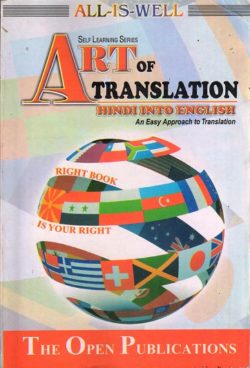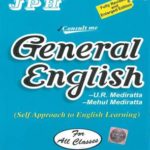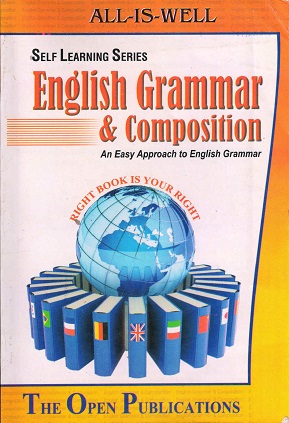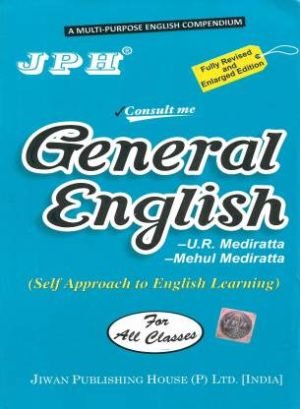Art of Translation Hindi into English Self Learning Series An Easy Approach to Translation All Is Well
₹60.00
Art of Translation Hindi into English Self Learning Series An Easy Approach to Translation All Is Well – The Open Publications
- Description
Description
Art of Translation Hindi into English Self Learning Series An Easy Approach to Translation All is Well, this book has been designed for the learners of all intellectual levels. A learner studying at any level or active at a work place or engaged in domestic activities can learn good English without much efforts provided he/she possesses elementary of Hindi and English.
Contents Art of Translation Hindi into English Self Learning Series An Easy Approach to Translation All Is Well
- The verb ‘To Be’ Present Tense Is, Am, Are
- The verb ‘To Be’ Present Tense Was,Were
- The Use of ‘ Has, Have, Had’
- Uses of Tenses Present Tense (Active Voice)
- Present Continuous Tense
- Present Perfect Tenses and the use of ‘For and Since’
- The Present Perfect Continuous Tense
- Past Tense Past Indefinite Tense
- Past Continuous Tense
- The Past Perfect Tense
- Past Perfect Continuous Tense
- Future Tense Future `Indefinite Tense (Use of Shall and Will)
- Future Continuous Tense
- The Future Perfect Tense
- Future Perfect Continuous Tense
- Imperative Sentences and the use of ‘Let’
- Use of Introductory ‘It’ and ‘there’
- Use of the Article ‘A’, ‘An’, ‘The’
- Best Use of (Can,Could,May, Might, Would, Should, Ought, Must)
- Interrogative Pronouns and Adverb
- Active and Passive Voice
- Active and Passive Voice (Present and Past Continuous Tense)
- Best Active and Passive Voice Present, Past and Future Perfect Tense
- Active and Passive Voice (Miscellaneous) Conversion of Voice in Special Cases
- Comparison of Adjectives – All Degrees
- Comparison of Adverbs – All Degrees
- Use of Some Important Adjectives and Adverbs
- Use of Preposition
- Appropriate Preposition
- Direct and Indirect Speech
- Direct and Indirect Speech Interrogative Sentences
- Best Direct and Indirect Speech Imperative Sentences
- Direct and Indirect Speech Exclamatory and Operative Sentences
- Agreement of Verb with its Subject
- Transitive and Intransitive Verbs
- Verbs Active in Hindi and Passive in English
- Causative Verbs (Get, Have, Had, Cause, Make, Help, Keep)
- Condition Sentences
- Participles
- Gerunds
- The Infinitive
- Use of Reflexive Pronouns
- Use of Relative Pronoun in Sentence
- A- Indirect Interrogative Sentence as Dependent Clauses, B- Indirect Imperative and Optative Sentences as Dependent clause
- Co-Relative
- Miscellaneous Constructions
- ‘Since’ as Conjunction of Time
- Use of ‘Dare’ and ‘Need’
- Phrasal Verbs
- Clauses (Noun Clauses)
- Idiomatic Use of Verbs
- Idiomatic Expressions of Everyday Use
- Proverbs
Important links:
Best Nios Guide Books for Sr. Secondary and Secondary Class – Click Here
Sample Papers for 10th & 12th Class National Institute of Open Schooling Students – Click Here
Nios Solved Tma (Tutor Marked Assignments) for Xth/XIIth All Subjects – Download From Here









